There is great interest in using safe and organic products, with the enhanced interest in managing indoor plants and gardening sustainably. In addition, organic products protect the environment, humans, pets, beneficial birds, and insects. In this article, let’s discuss if it’s good to use epsom salt for plants.
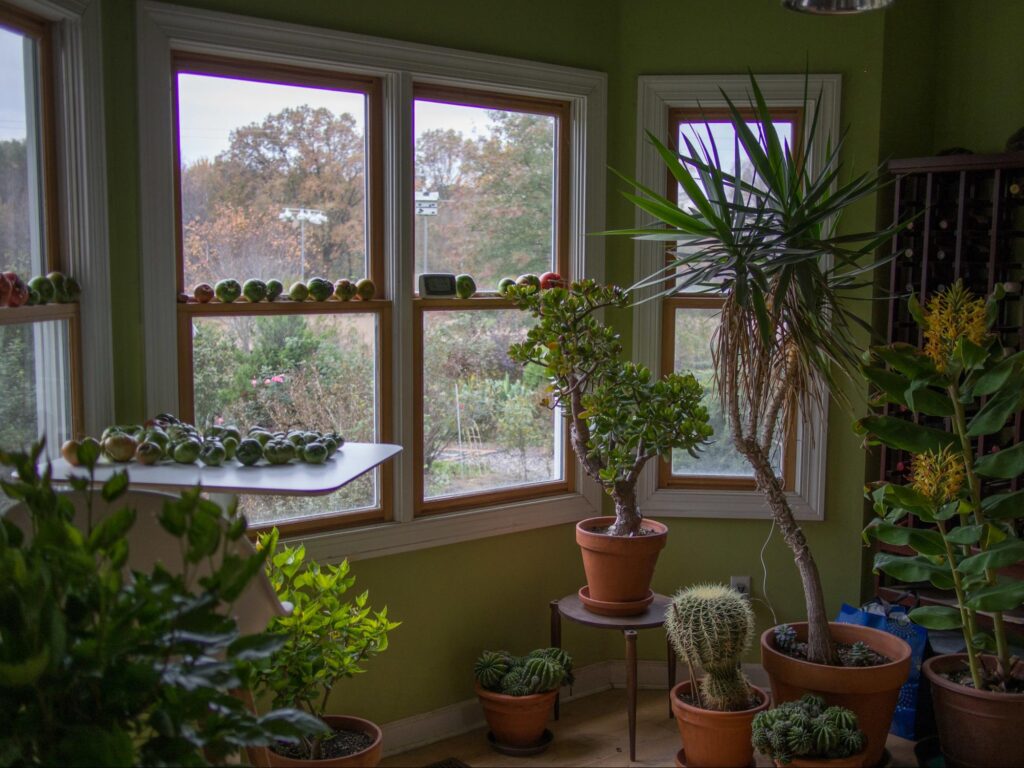
An indoor garden consists of a variety of houseplants and tomatoes
Many products are marketed as organic and safe for the environment. These products are neem oil, worm castings, horticultural oils, insecticidal soap, and Epsom salts.
Epsom salts have amazingly healing properties and are a superfood for garden plants. Moreover, it is inexpensive and non-toxic. It enhances the flavor of fruit and vegetables and helps plants’ food processing mechanism.
The Concept of Happy and Healthy Plants
While you grow your plants, an essential factor in growing your indoor plants and landscapes is keeping them healthy and happy. The concept of plants being happy and healthy involves being free from diseases (microbial), insect pests, and adequate nutrition.
Proper nutrition comprises no nutrient deficiency in plants because healthy gardens give a sense of satisfaction. More than ever, home remedies provide the best results to keep the plant healthy and growing. One such remedy is the use of Epsom salts in garden plants.
In this write-up, I’ll address Epsom salt for plants and is it good for plant growth and garden soil.
What is Epsom Salt?
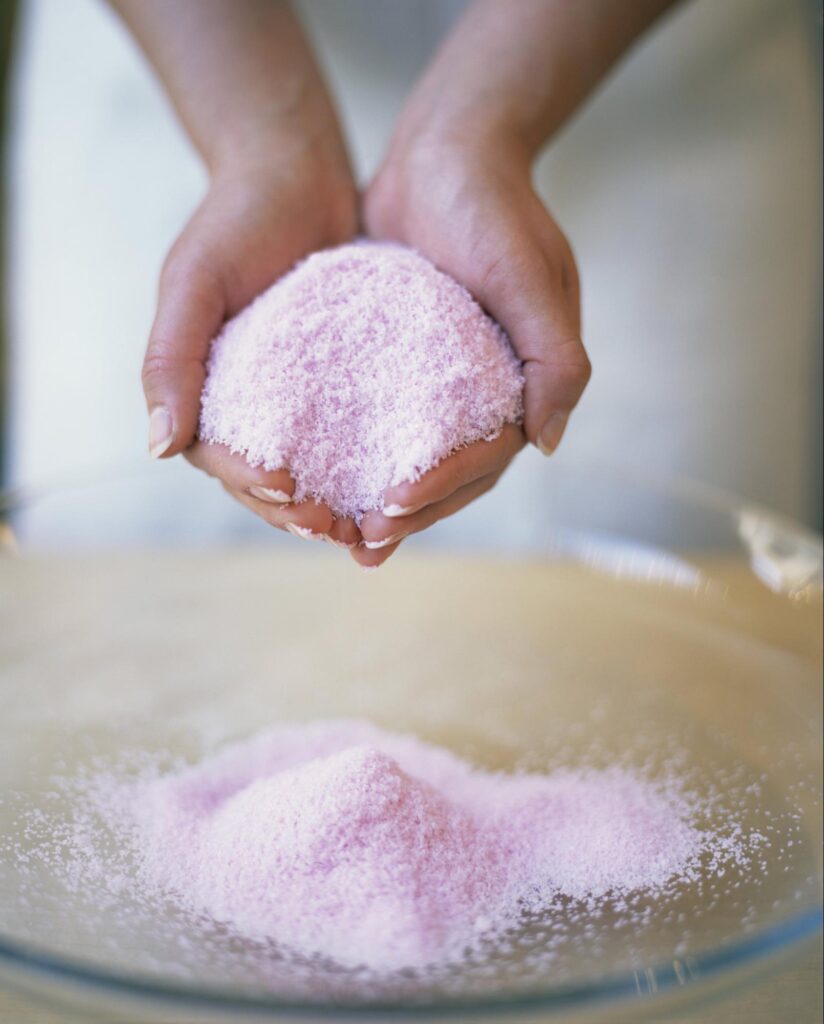
Epsom salt
Epsom salts or magnesium sulfate (MgSO4) is a natural mineral that consists of magnesium, sulfur, and oxygen. It is not a traditional salt that we know and adds to our foods. Instead, Epsom salt is a mineral salt that was first discovered in the town of Epsom in England.
Epsom salt is easily in water and breaks down into positively charged magnesium ions and negatively charged sulfate ions. Because it is easily soluble in water, it can easily leach down into sandy soils. Therefore, the availability of Epsom salts to plants in sandy soils is little to no (quickly passed down the root zone).
Effectiveness of Epsom Salt
Epsom salts have tremendous benefits for plants. Such as
- Increase the process of seed germination
- Enhances the uptake of other nutrients
- Eliminates the magnesium deficiency
- Improves the plant growth and overall health
- Help plants grow more extensive and more flavorful fruits and vegetables.
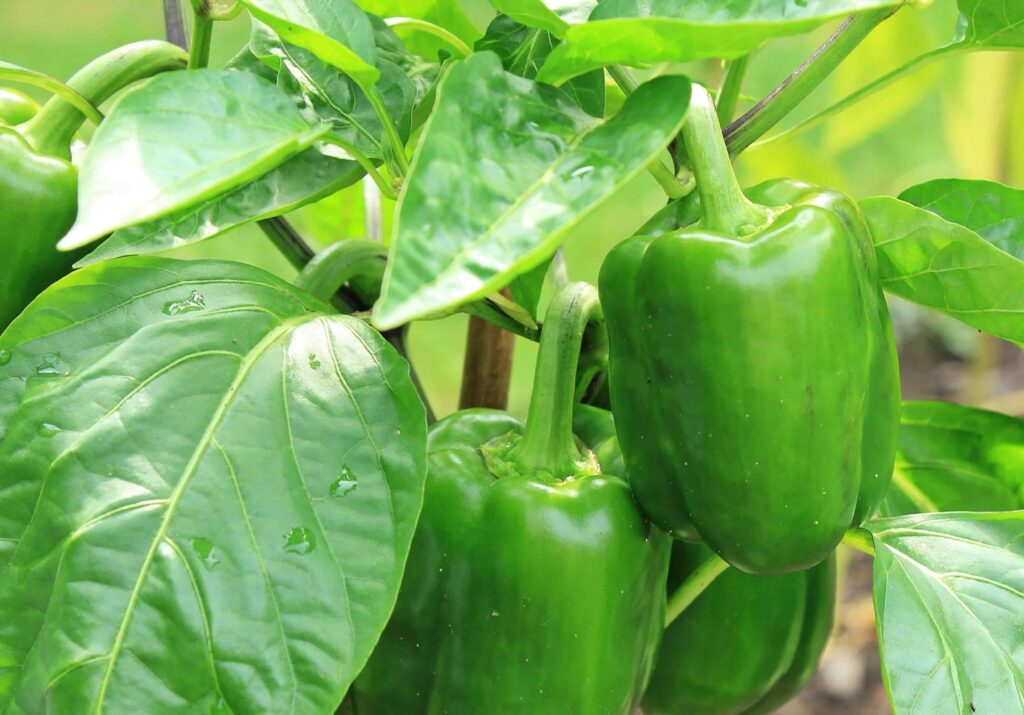
One tablespoon of Epsom salt applied as a foliar spray help plant produce giant bell pepper.
Epsom Salts as Fertilizer
Magnesium is an essential plant nutrient that helps plants in chlorophyll formation. Otherwise, the magnesium deficiencies cause the interveinal yellowing of leaves. In which the tissue between veins turns yellow due to lack of chlorophyll.
More interestingly, magnesium plays a similar role in the soil as the calcium and phosphorus level.
On the other hand, the sulfate ions in Epsom salts eliminate the sulfur deficiency. Moreover, it has a great nutritional value for plants because sulfur is an essential component of proteins.
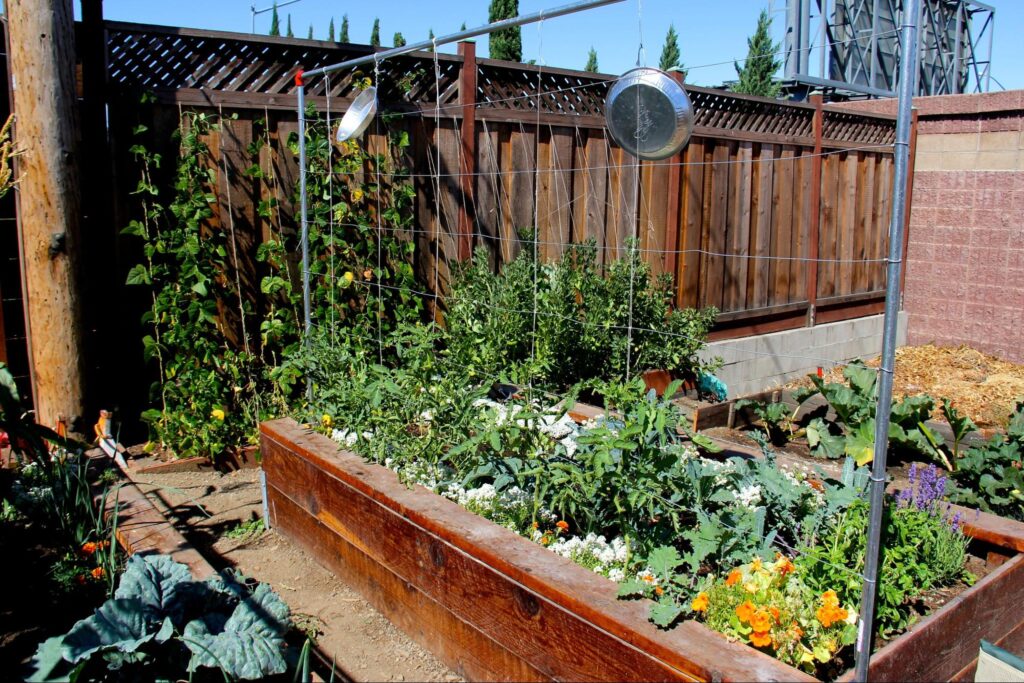
Healthy tomato and bell pepper garden after the application of Epsom salts
Benefits of Epsom Salt for Plants
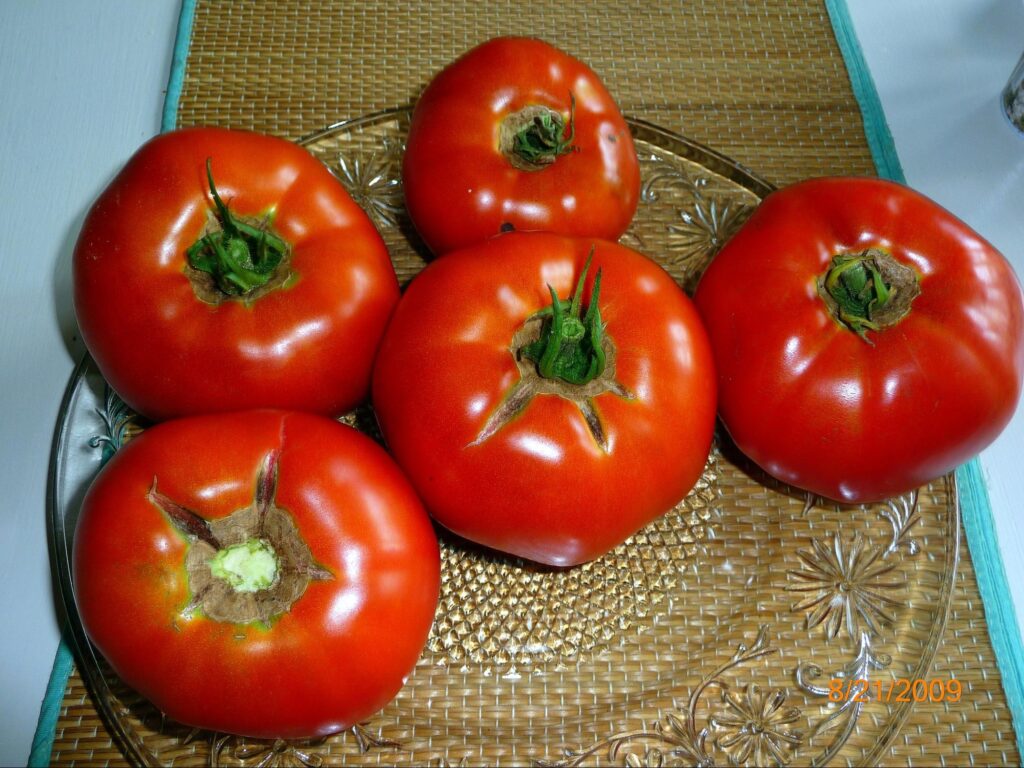
Freshly picked tomato fruit after foliar spray of plant with Epsom salt and broken eggshells
A magnesium-deficient plant cannot produce chlorophyll and regular healthy green leaves. The magnesium deficiency also causes the development of fewer leaves (which is insufficient to support the development of fruit).
The following are the incredible benefits of Epsom salts in the garden and indoor plants.
- Adding Epsom salts in the garden increases the nutrient uptake and helps in diminishing the calcium deficiency.
- It boosts plant growth and reproduction and favors flowering and fruit production.
- Epsom salts repel pests and deter garden slugs and snails
- Applications of Epsom salt solutions make fruit tastier and healthy
- It helps plants in chlorophyll and protein production
- Epsom salt prevents plants from root shock by improving the production of more chlorophyll. For example, when we transplant young seedlings and fully grown plants, the roots become stressed, and plants stop growing. As a result, the plant wilting occurs.
RELATED: Vegetable Tomato Leaf Curl Virus: What Are the Causes & How to Fix Them?
Plants that Benefit the Most From Epsom Salts
These plants require more magnesium than others and greatly benefit from it.
Tomato Plants
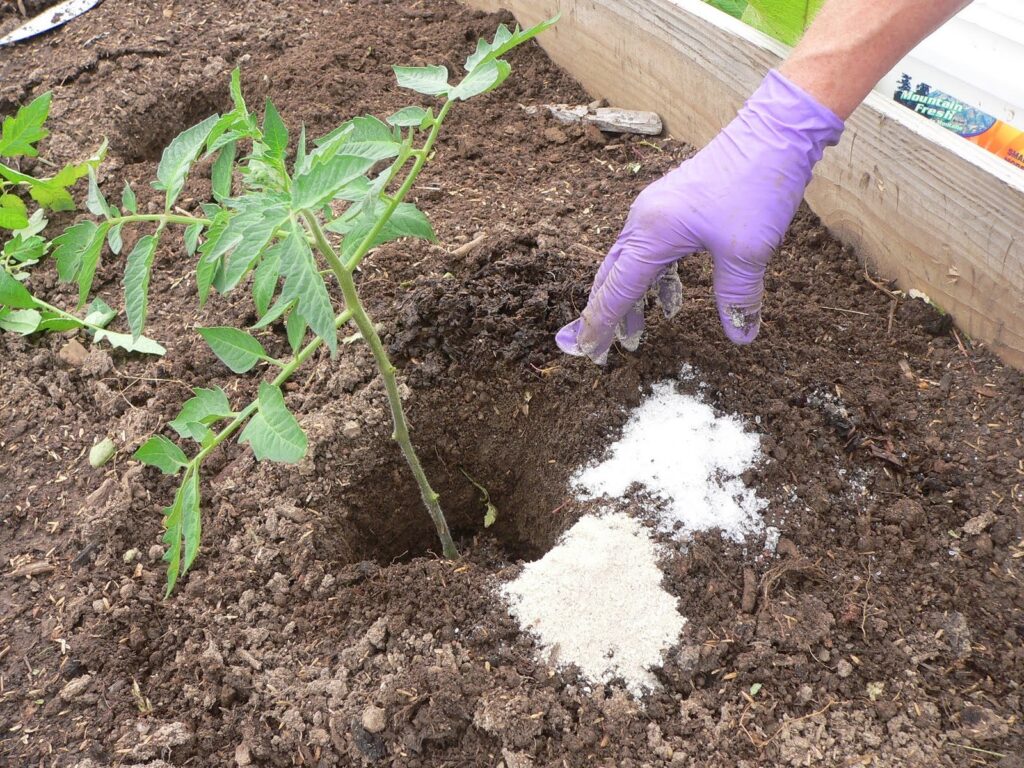
Epsom salt soil amendments for tomato plants Photo Credit
In tomato plants, the Epsom salts improve the fruit flavor. However, the abundant applications of Epsom salts can lead to blossom end rot. Too many salts will encourage the plant to uptake more magnesium than calcium (tomato plants need more calcium than any other nutrients).
Roses
Like tomatoes, the rose bush also benefits from hydrated magnesium sulfate. The magnesium in Epsom salts helps the lush green growth of rose bushes and fuller blooms. So, drench the soil with Epsom salt solution and avoid foliar applications because salt will burn the leaves in the sun.
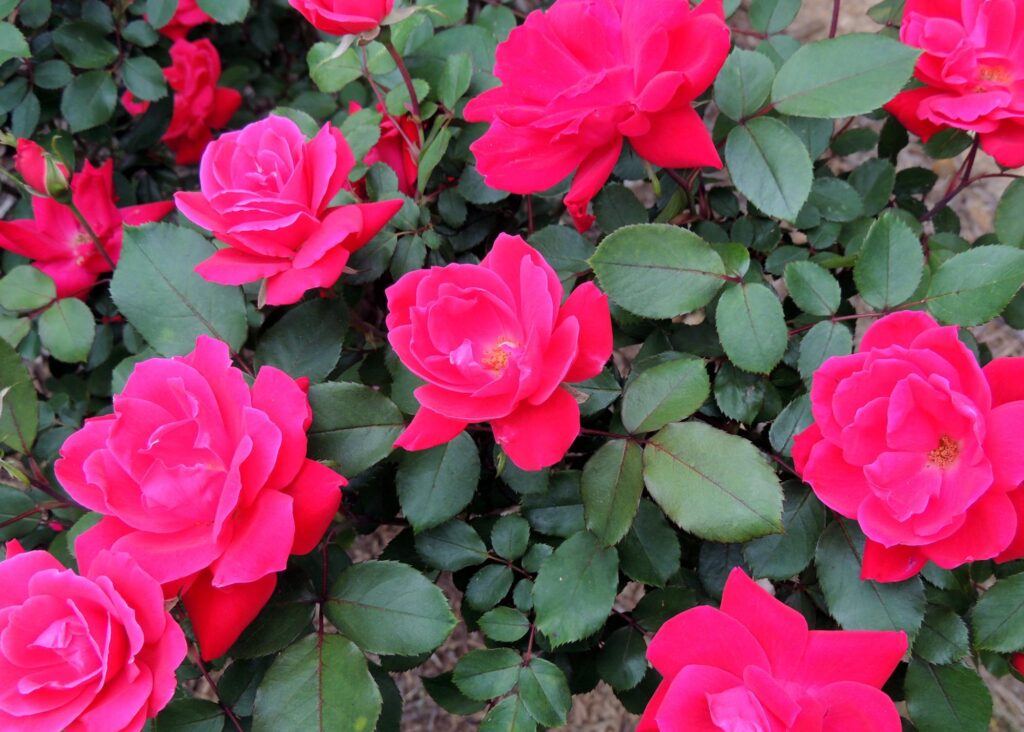
Healthy rose bushes
Pepper Plants
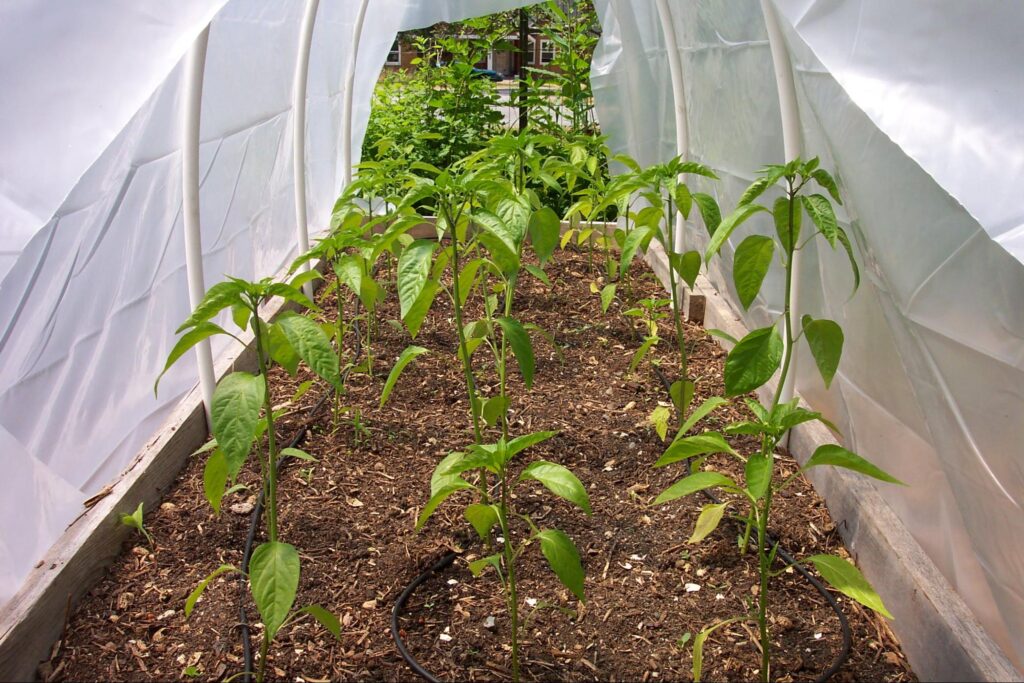
Pepper plants with slight curling leaves can be cured using magnesium sulfate (Epsom salts)
Pepper plants need both sulfur and magnesium for their proper growth and development. Therefore, the adequate availability of these nutrients helps the plant’s healthy growth of leaves and bell peppers.
How to Apply Epsom Salts on Plants?
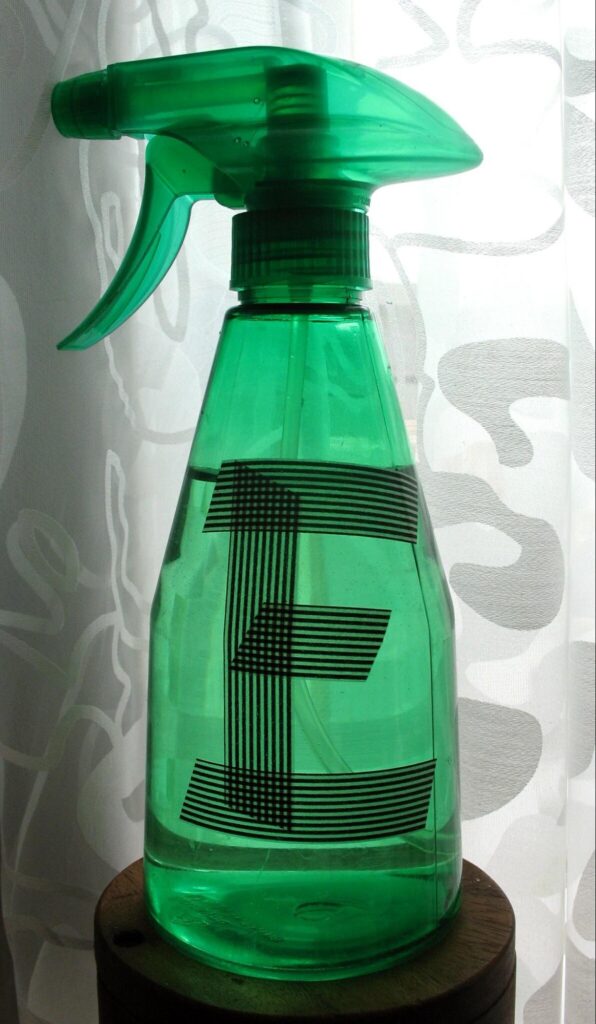
Epsom salt as a foliar spray for plants
Perform a Soil Test
First, check whether your soil has nutrients (magnesium deficient or not) or other problems (microbial pathogens or insect larvae). If it is magnesium deficient, then add Epsom salts. To cure other issues, consult a soil expert.
Combine the Epsom Salts and Water
- Add two tablespoons of Epsom salt into warm water and drench the soil mixture to maintain the healthy soil status.
- Take one tablespoon of Epsom salt per gallon of water and pour the mixture into a spray bottle as a foliar spray.
Note: When applying on the indoor or outdoor plants, avoid the scorching sun rays to protect the foliage.
Apply Epsom Salts as Drench or Foliar Spray
You can apply the Epsom salts directly to your plant as a foliar spray. In this way, plants will absorb the nutrients through leaves. Or you can add the Epsom salt mixture to the soil near the plant base to make it available through the roots.
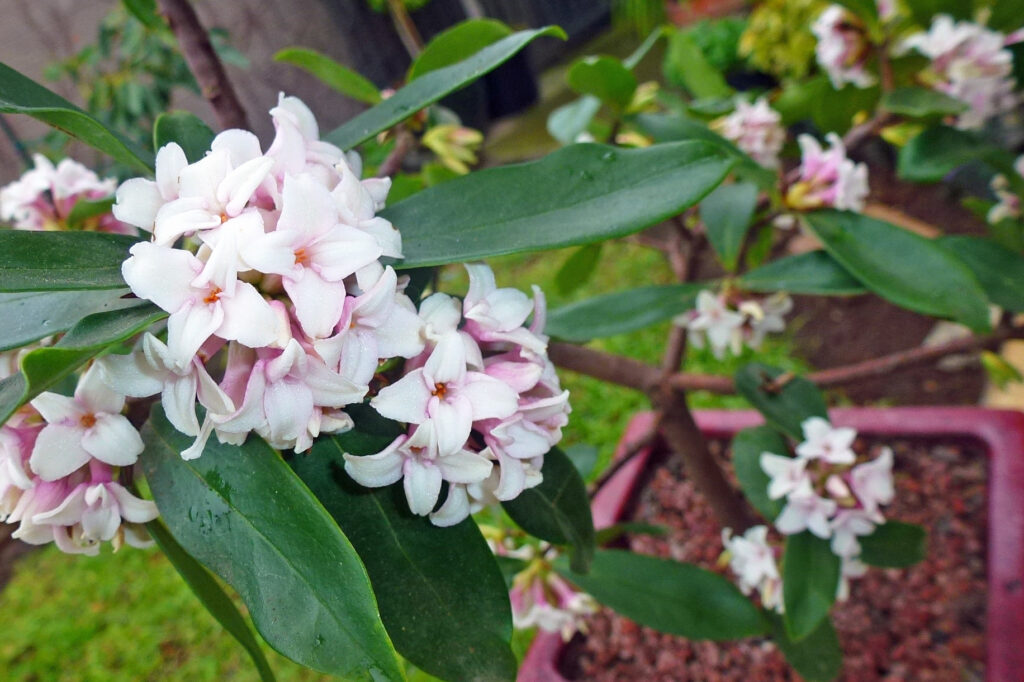
Healthy winter daphne because of occasional applications of Epsom salt
FAQs
What Are Some Tips for Using Epsom Salts in the Garden?
The following tips are to help you achieve your goals of healthy and happy plants:
- Sprinkle three pounds of Epsom salts for every 1250 square feet with a sprayer for lawns.
- Apply two tablespoons of Epsom salt per gallon of water for houseplants and feed the plant monthly.
- Apply one cup of Epsom salts for garden startups per 100 square feet. Or add it into the soil as a drench.
- Sprinkle two tablespoons per 9 square feet for trees and apply to roots zones three times annually.
- In the case of roses, use one tablespoon of Epsom salt per foot of plant height and per plant. Reapply every two weeks.
How Do You Make Plants Grow Faster Naturally?
One of the best and simplest ways to increase plant growth naturally is to provide them with proper growth conditions. For example, timely feed them with essential nutrients, adequate sunlight, and temperature conditions.
Once the plants start growing, your job is to protect them from microbes and harmful pests—spray plants with organic products such as neem oil, insecticidal soap, and horticultural oils.
Is a Soil Test Necessary?
Before performing any amendments in soil with Epsom salts, it is wise to perform a soil test. It will help in understanding the soil condition and nutrient levels. For example, the plants may show signs and symptoms of magnesium deficiency, but the higher potassium levels may inhibit the nutrient intake and vice versa.
Therefore, a soil test will help you determine what nutrients your soil lacks and how to cure it.
Can You Give Plants Too Much Epsom Salt?
The overapplication of plants with Epsom salts will cause an imbalance of nutrients in the soil. The imbalance of nutrients leads to blossom end rot in tomatoes, stunted growth, and leaf curling in bell peppers. Moreover, it will cause foliage burning and root rot and impact the calcium uptake by plants. So do not apply too much Epsom salt to your plants for their healthy growth.
When Should I Put Epsom Salt in my Garden?
The ideal time for adding Epsom salt is spring when new leaves emerge to support the plant growth. While the second time you should apply the Epsom salts is after blooming. The mode of application of Epsom salts can be a soil drench or foliar spray.
What is the Best Homemade Fertilizer?
The following are the best homemade fertilizers;
- Grass clippings because they are rich in nitrogen
- Kitchen food waste or compost serves the best homemade fertilizer, containing all essential nutrients for plants.
- Tree leaves mixed with peat soil
- Weed tea is best for plants
- Banana peels
- Eggshells
- Coffee grounds
- Manure from different sources such as cows, horses, poultry, and bats
What Does Epsom Salt Do for Fruit Trees?
The Epsom salt plays a fantastic role in fruit trees. It enhances the absorption of vital nutrients and increases fruit production and sweetness because it fulfills the need for magnesium and improves the sweetness of fruits.
Sources for Further Reading
- Chalker-Scott, L., & Guggenheim, R. (2018). Epsom Salt Use in Home Gardens and Landscapes. Washington State University Extension.https://hdl.handle.net/2376/13108
- Sawyer, A. (2020). Coffee grounds, eggshells, and Epsom salts in the home garden. UMN Extension. Retrieved May 5, 2022, from https://extension.umn.edu/manage-soil-nutrients/coffee-grounds-eggshells-epsom-salts
- Scott, L. C.-. (2007). Epsom salts. Washington State University. Retrieved May 5, 2022, from https://s3.wp.wsu.edu/uploads/sites/403/2015/03/epsom-salts.pdf
Do you use epsom salt for plants? Comment below. Also, check out our other articles:
How To Propagate Wandering Jew: What You Need To Know







